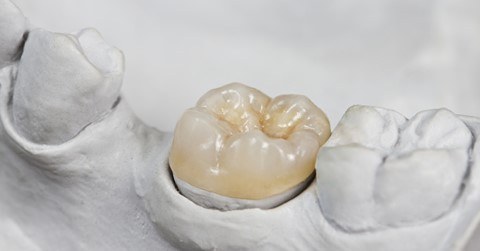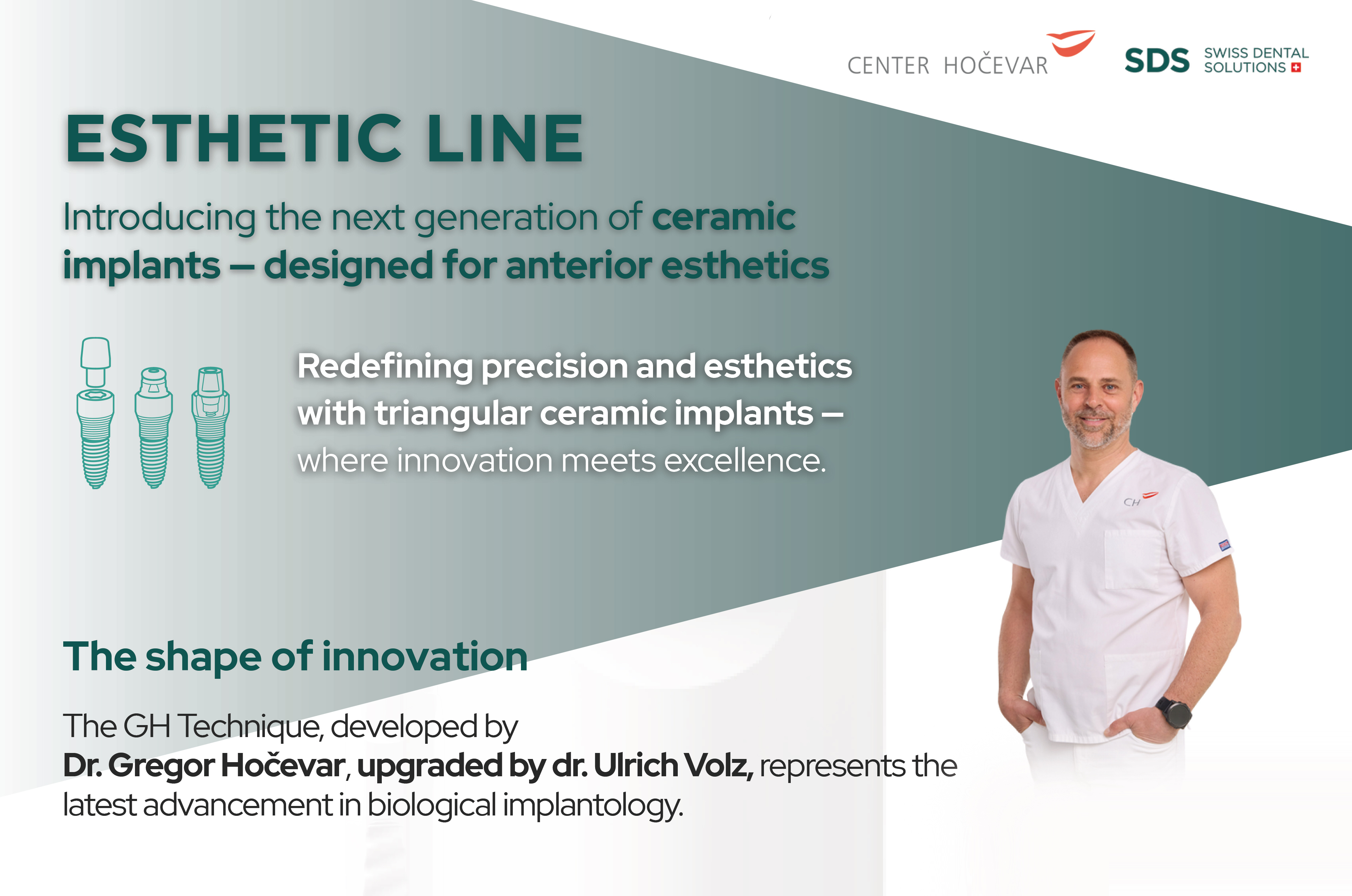Composite materials and caries
For years, the material of choice when treating caries was amalgam that the dentist put inside the tooth. In doing so, all of the decayed tooth is removed along with an amount of the healthy surrounding tooth to prepare a clean surface capable of anchoring a dental filling. This is known as extension for prevention since a dentist removes a healthy part of a tooth to enable mechanical anchoring.
The discovery of composite materials and their ability to chemically bind to enamel and dentin has been a vital step forward in treating caries. When treating caries, only the affected part of the tooth needs to be removed, and the defect is then sealed off. This principle is called minimally invasive dentistry.
Aesthetic composite corrections
“As a result of the knowledge gained through education programs abroad, our office often uses composite materials. In certain cases, composite materials enable us to correct, polish, restore and prolong the lifespans of teeth that are not aesthetically appealing. This is the most pleasant solution for the teeth since they are preserved as much as possible and no veneers are used. Elsewhere, veneers are usually the solution in such cases and are not only a more destructive solution, but also a much more expensive one as well,” explains Gregor Hočevar, dr. dent. med.

In this case, all upper incisors were severely thinner and shorter due to acid. The central incisors needed to be further sanded down and corrected with two porcelain veneers in three sessions.

The lateral incisors were able to be corrected to the final version without being sanded down with aesthetic composite restoration in one session. Elsewhere, a porcelain veneer was suggested for the incisors without any additional sanding down of the healthy part of the tooth.



















